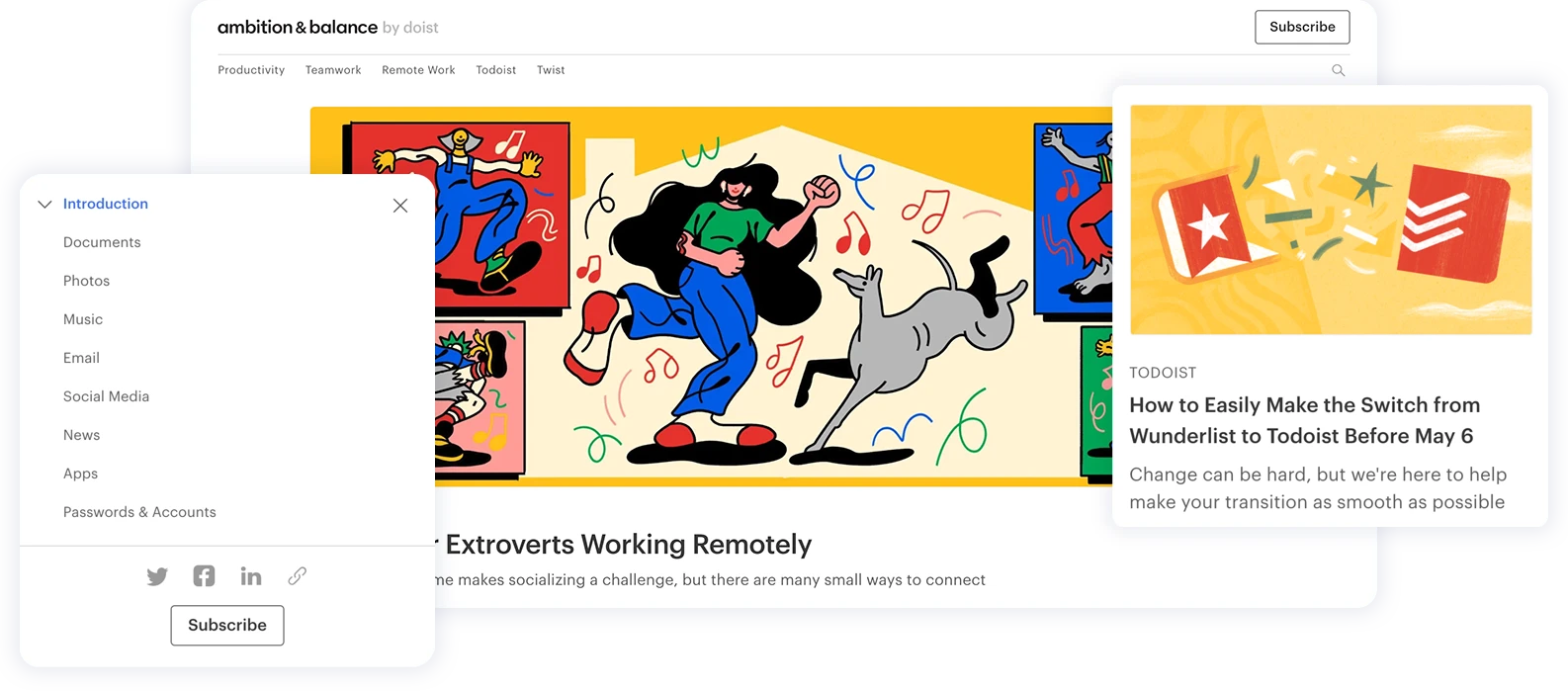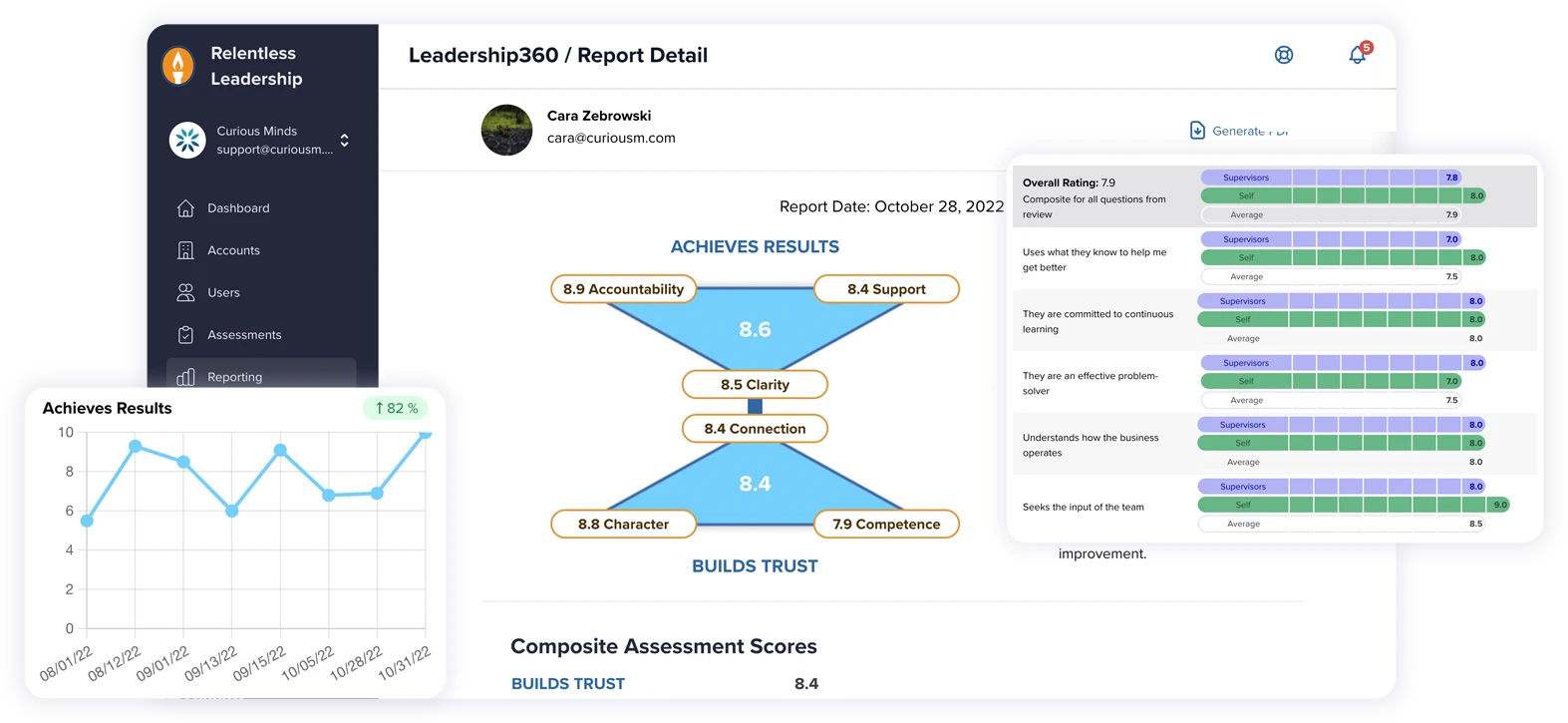Let's kick things off by breaking down what faceted navigation really is. Picture this: You're on an ecommerce category page of a site, whether it be Shopify, WooCommerce, or other, let's say, one that sells tech gadgets. You're not just looking for any old laptop; you want a 13-inch MacBook Pro with at least 256 GB of storage. Now, you could scroll through endless product pages of various computers, tablets, and whatnot, or use the site search feature.
Or, you could use faceted navigation and simply tick a few filtering options to display exactly the kind of product you're after. With just a few clicks, you're staring at a narrowed-down selection on the results page of 13-inch MacBook Pros that meet your storage criteria. This is the magic of faceted navigation.
How Faceted Navigation Works
Think of faceted navigation like a funnel for your online browsing. You start with a massive list of options, which is cool but also overwhelming. Then you start clicking on these "facets" or filters, like 'Brand: Apple,' 'Screen Size: 13-inch,' and 'Storage: 256 GB and above.'
Every time you add or remove a facet, the website's search engine is hard at work behind the scenes. It's running queries to pull out items from the inventory that match all your selected criteria.
So by the time you've clicked on your third or fourth facet, you've whittled down hundreds or thousands of options to just a handful. It's a more efficient, less stressful way to shop, and it works for nearly any type of product or service you can imagine. From tech gadgets to pet supplies, faceted navigation makes life easier.
Benefits of Using Faceted Navigation on a Website
So, if faceted navigation is the bee's knees for users, what's in it for website owners? Well, a lot actually, especially when you follow faceted navigation best practices.
Let's start with the most obvious benefit: user experience. The easier you make it for people to find what they're looking for, the happier they'll be. And happy visitors are more likely to become repeat customers. It's the online equivalent of having a well-organized store where everything is easy to find.
You wouldn't want to shop in a cluttered, confusing place, right? The same goes for online browsing.
But there's more to it than just user satisfaction. Faceted navigation is a killer way to showcase a broad range of products or services without making your website look like a yard sale. If you've got a large inventory, you need a systematic, organized way to display it, or you risk turning off potential customers.
Faceted navigation takes all of your items and neatly arranges them into easily navigable categories and sub-categories. So instead of seeing a chaotic mishmash of products, visitors see a clean, easy-to-follow layout.
For site owners who want to give their users a seamless, efficient, and satisfying browsing experience, implementing faceted navigation is pretty much a no-brainer.
Challenges for SEO with Faceted Navigation
Okay, so we've sung the praises of faceted navigation quite a bit, but let's not kid ourselves: it's not a cure-all. While it makes shopping a breeze for users, it can throw a bit of a wrench into your technical SEO plans. Let's dive into why that happens and what you should be cautious about.
Multiple Pages with the Same URL
First up is the issue of having multiple number of pages with nearly identical content but different URLs. Imagine this: You're a search engine, and you've got to sort through a bazillion web pages to figure out what's what.
Suddenly you come across multiple URLs that look different but offer almost the same content. You'd be like, "What's going on here? Which one do I show to the user?" It's basically the robot equivalent of scratching your head in confusion.
Creates Duplicate Content Issues
If there's one thing that really grinds Google's gears, it's duplicate content. When you've got multiple pages showing the same items just because different filters were applied, search engines might think you're trying to game the system. The result? You risk getting your page rankings dinged, and no one wants that.
Index Bloat
Ah yes, the dreaded "index bloat." It sounds like something out of a bad sci-fi movie, but it's actually a serious SEO concern, and you may encounter the issue of wasted crawl budget. When your site has a ton of indexed pages that aren't fundamentally different, search engines can have a hard time figuring out which ones are the VIPs—the Very Important Pages. You don't want Google getting lost in the weeds when it should be focusing on your site's main attractions.
Crawl Budget Wastage
Search engines have what's called a "crawl budget," which is pretty much what it sounds like: a set amount of time and resources allocated to explore your website. This is where Google Search Console can be a useful tool. Now, if they're spending all that precious crawl budget wading through dozens of nearly identical pages, they're not going to get to the good stuff—the unique, high-quality content that really shows off what your site has to offer.
Imbalanced Content Hierarchy
Faceted navigation can also muck up your site's structure. Imagine building a pyramid but randomly placing bricks wherever you feel like it. It's going to be hard for anyone to tell it's a pyramid, right? In the same way, too many facets can make it tricky for search engines to understand the pecking order of your content.
Over-Categorization
Picture this: You walk into a grocery store, and instead of just a 'Fruits' section, you see 'Red Fruits,' 'Citrus Fruits,' 'Tropical Fruits,' 'Organic Citrus Fruits,' and so on. It's too much, right? The same can happen with your website if you get too carried away with facets. You'll end up with a labyrinth of categories that could perplex both human users and search engine bots.
Design Issues
While we're on the subject, let's talk aesthetics. Having too many facets can make your site look like someone threw a bunch of buttons onto a page and called it a day. A cluttered design can be a turn-off for users who value a clean, straightforward shopping experience
Complexity
Last but definitely not least, there's the back-end complexity to consider. Every new facet you introduce is another variable your website's system has to handle. And the more complex the system, the more things can potentially go wrong, whether it's slow load times or glitches in how facets are applied.
Best Practices for Optimizing Faceted Navigation for SEO
Alright, so now that we've covered the ups and downs of faceted navigation, let's get down to brass tacks: how can you make this feature work to your advantage without tripping up your SEO? Let's break down some of the best practices that can make your faceted navigation not only user-friendly but also SEO-friendly.
Use a Sufficient Number of Facets
First off, don't get carried away with facets. Stick to the facets that truly matter to your users. That might mean 'Brand,' 'Size,' or 'Price Range,' depending on what you're selling. The key is to keep it straightforward while still giving users the options they need to narrow down their search effectively.
Consider User Search Behavior
To really nail those facets, it pays to know your audience. How do people typically search for products or services like yours? Are they most concerned with price, quality, brand reputation, or something else?
You can get some great insights by taking a look at your Google Analytics data. Knowing how users search can help you prioritize your facets to make them more intuitive and helpful.
Implement rel="canonical" Tags
Remember the pesky issue of duplicate content? Here's a workaround: use rel="canonical" tags. This is basically a way of telling search engines, "Hey, if you see similar pages, this is the one you should pay attention to." It helps search engines know which page is the 'main' one, so you don't get penalized for duplicate content.
Use robots.txt and Meta Robots Tags
Index bloat and crawl budget are big words that basically mean you don't want search engines wasting their time on unimportant pages. You can get around this by using robots.txt files and meta robots tags to give search engines the "do not enter" sign for pages that don't need crawling and indexing, often utilizing a noindex tag.
Implement Pagination Correctly
If your site has a lot of products, you'll probably need to use pagination—that is, splitting the content across multiple pages. But be careful; pagination can either be your friend or your foe in the world of SEO. Done right, it can help alleviate crawl budget and duplicate content issues. Done wrong, and you're back to square one with the same SEO problems.
Optimize Faceted URL Structure
URLs are more important than you might think. Optimize URL Structure, especially when it comes to URL parameters, so both humans and search engines can easily understand them.
Instead of something like 'www.yoursite.com/product?id=1234', aim for 'www.yoursite.com/mens-running-shoes'. It's more self-explanatory and can also give you a minor SEO boost.
Implement Proper Breadcrumb Navigation
Finally, let's talk breadcrumbs, and no, not the kind you use for frying chicken. Breadcrumb navigation is a set of links at the top or bottom of a page that helps users (and search engines) understand where they are in the site's hierarchy. It's another tool in your belt for making your site more navigable while also clarifying your content's pecking order for search engines and link equity.
In short, faceted navigation is a super powerful tool for improving user experience, but it's not set-it-and-forget-it. It needs to be carefully managed and optimized to get all the benefits without the SEO downsides. So pay attention to these best practices, and you'll be well on your way to offering a site that's both user-friendly and search engine-friendly.
Making Faceted Navigation Work for Both SEO and Users
Okay, we've covered how to make your faceted navigation search-engine friendly. But let's not lose sight of the people who actually use your website. After all, SEO tricks won't matter if users leave your site because they can't find what they need. So, let's focus on the user experience.
Easy-to-Use Filters are Crucial
If your filters are hard to understand or overly complicated, users will get annoyed. Keep your facets simple and make sure they help users find what they want. Prioritize filters that your visitors are most likely to use.
Simple Navigation is Best
Your navigation should be as straightforward as a traffic light: red, yellow, green. A user-friendly design means people won't have to puzzle over where to click next. The easier it is to navigate, the faster users can make a purchase.
Speed Up Your Site
In today's fast-paced world, no one wants to wait. If your website is slow, particularly after users have selected multiple facets, you risk losing them. Make your site as fast as possible to keep users engaged.
Don't Forget Mobile Users
A lot of people shop on their phones these days. If your faceted navigation is hard to use on a mobile device, you're missing out on potential sales. Make sure your design works well on both desktop and mobile.
Collect User Feedback
Real-world data is invaluable. Conduct tests, gather user feedback, and be ready to tweak your design. You can't fix problems you're not aware of, and user feedback can help you improve.
Faceted Navigation vs. Basic Filtering: What's the Difference?
Let's clarify some terms. Filtering is like an entry-level job: it's simple and does the job, but there's room for improvement. Faceted navigation is the next level up. It's more complex and allows for multiple layers of sorting, making it a more effective tool for users.
Filtering Explained
Filtering is your basic 'sort by' feature. It's limited and usually lets you sort items by just one or two criteria, like cost or popularity.
Faceted Navigation: A Step Up
Faceted navigation lets users apply several filters at once for a more customized experience. Want to sort by brand, color, and reviews? You can do that with faceted navigation.
Faceted navigation is great for enhancing user experience but needs to be managed carefully to avoid SEO issues. If you want to get it right, consider getting expert help, like from Curious Minds Media, who specialize in custom web design and development.



















